This is an ongoing news story. Check our website for future updates.
The Library Science building was recently announced by the Puyallup School District to be shut down over the summer, due to the declining nature of important facilities in the building and the cost of fixing them.
Constructed in 1962, the Library Science building houses key features of the school such as the library, laboratory classrooms for chemistry and other science classes and special classrooms for ceramics and art classrooms.
In 1986, the building was modernized with updates to facilities such as the HVAC system and was scheduled to be modernized again in 2006. However, this and other crucial updates to the high school failed due to lack of funding.
The district has identified the main issues as “a roof replacement, HVAC system replacement and controls upgrade, fire alarm upgrades, structural seismic improvements, sewer upgrade and repairs, and elevator pit repairs,” according to the Puyallup School District website.
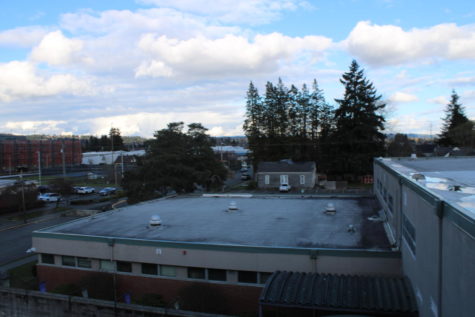
The building is rated as the second worst-maintained building in the district, with a score of 40.5 out of 100 on the Condition Assessment Score, which shows the current condition of a specific facility or building.
According to principal Dave Sunich, the main issues are “the… plumbing and sewer and then the HVAC system are probably the two biggest things.”
Earlier this year, sewage began leaking into the elevator shafts, causing a disgusting smell in the building.
“We’ve got some current issues going on with the sewer that are preventing it from working properly or requiring some extra steps from people to come over and manually do some things to keep it from backing up and creating a health and safety issue,” said Sunich.
In addition, the HVAC system is so obsolete that replacement parts cannot be ordered, and a complete replacement is the only option.
Recently, a sinkhole opened alongside the building as well.
Current estimates for repairs to the building total $4.5 million and the most recent capital levies would have easily covered that cost had they passed. However, the November 2022 levy totaling $125 million failed, with only 49.76 percent of voters voting yes. A levy requires 51 percent of yes votes to pass, and usually covers improvements to buildings.
The current plan for the building is for a total shutdown, with classes in the building moved to other areas of the school, says the district. The building will eventually be torn down, and the library will be moved to Rogers, with books available to order. If a bond is passed, an entirely new building would be built. Programs like ceramics should be able to continue, although many teachers will be moved around.
“We don’t know if [the failure of a major system will] be next week or it could be next October, in the winter, or whenever. Rather than just wait for it to happen unexpectedly and have to move out of there on a weekend’s notice or a day’s notice… we’re preparing a plan so that we’d be able to start the next school year not holding classes within that building,” said Sunich.
“That involves rearranging how staff are housed in… the main building, the CTE building and our current portables and figuring out a way to share our classrooms during planning periods and kind of piece it together so we can have everybody within the current building… Until we can have… additional portables put on the campus so we can have everybody have their own teaching space.”
A PHS Facility Task Force has been created to plan around the loss of the building, specifically focusing on what needs to be done to the current building and next year’s plan. No concrete details are in place as of yet.
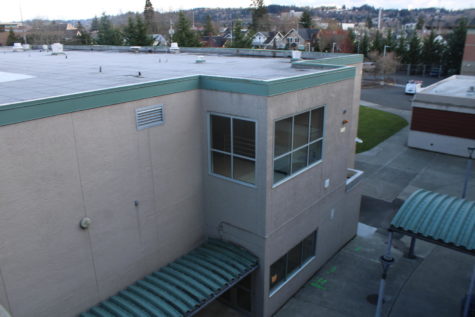
While this is not an ideal option, this is the only option as there is no budget to repair, upgrade or build another building.
The solution would be to either pass a capital levy to upgrade the facilities or pass a bond to rebuild the building entirely.
“I think the people who are used to having classrooms and classes in this building will see a lot of change. But again, we don’t know how the change is going to happen,” said Christyna Paris, who teaches chemistry in the building.
Cormesha Passmore, who runs the chemistry labs, thinks that the possibility of losing the labs will hinder learning. “I feel like if we lose the ability to do labs, we’ll just hinder the learning of chemistry or any other science class. I think a lot of students love doing labs and love the hands on experience and applying what they’re learning in class to the lab. Without that, I think it would just hinder what chemistry is all about and just make it probably a little bit more boring for students,” said Passmore.
In addition, this would affect the staff.
“For staff members, I feel like they’re losing a really valuable tool and helping students learn because if you can’t show a student what you’re teaching them then what is the point of teaching at that point? You’re just saying things but you’re not showing them and enforcing an idea of this is what we’re learning. So losing labs would just hinder both students and staff members.”

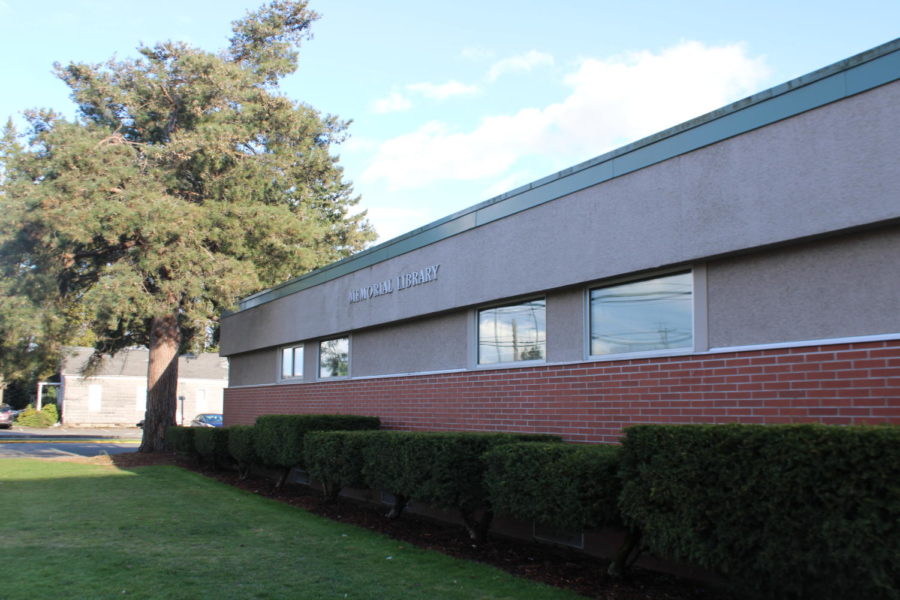
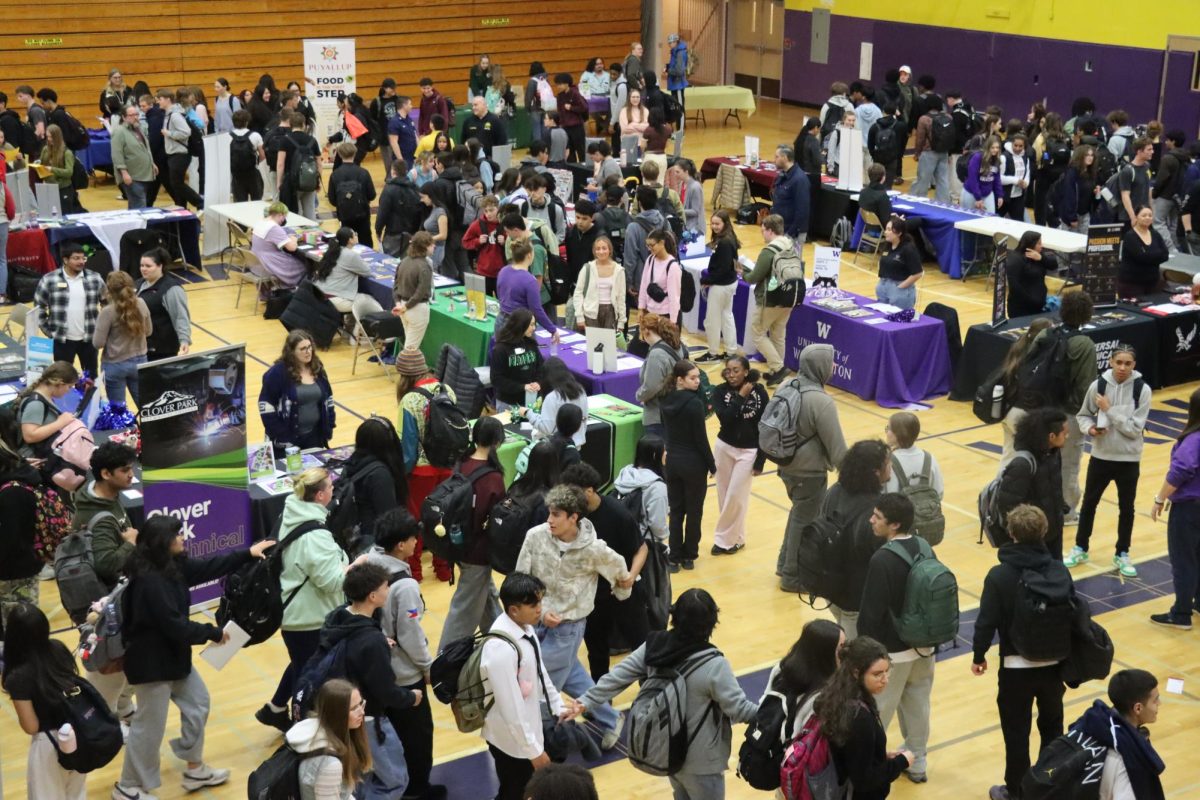
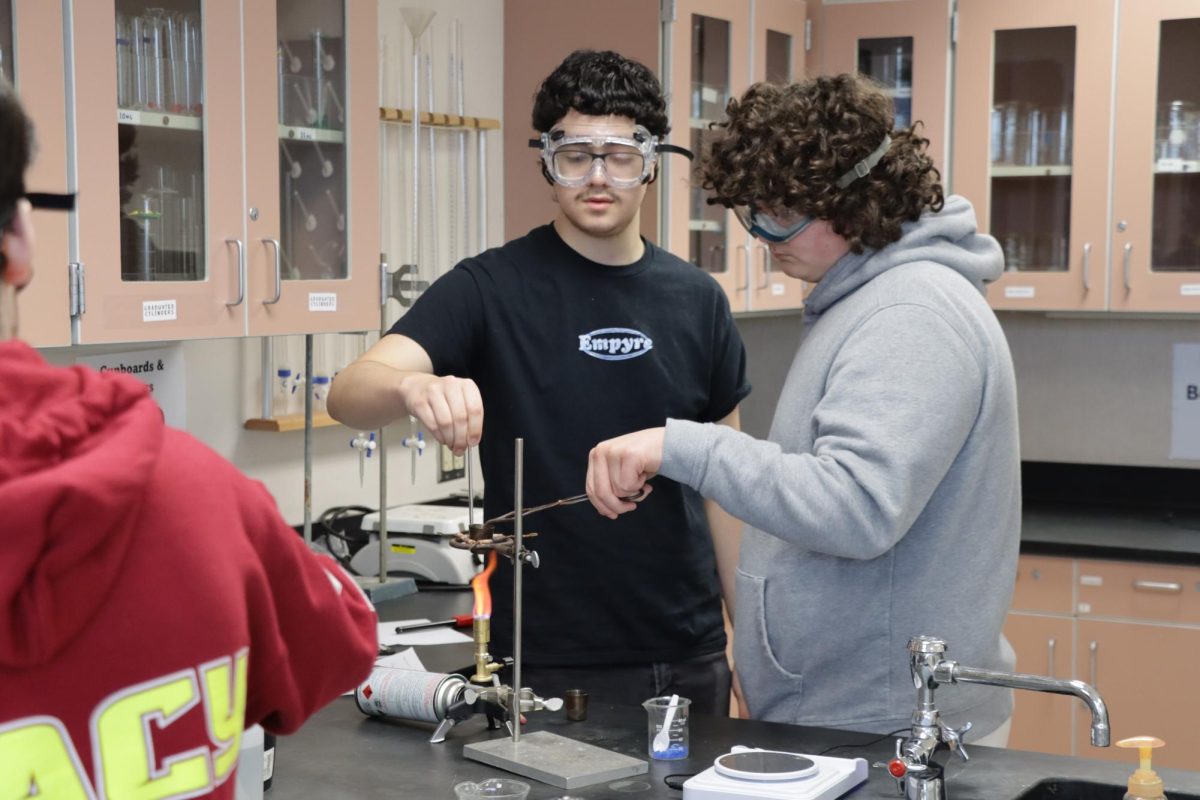
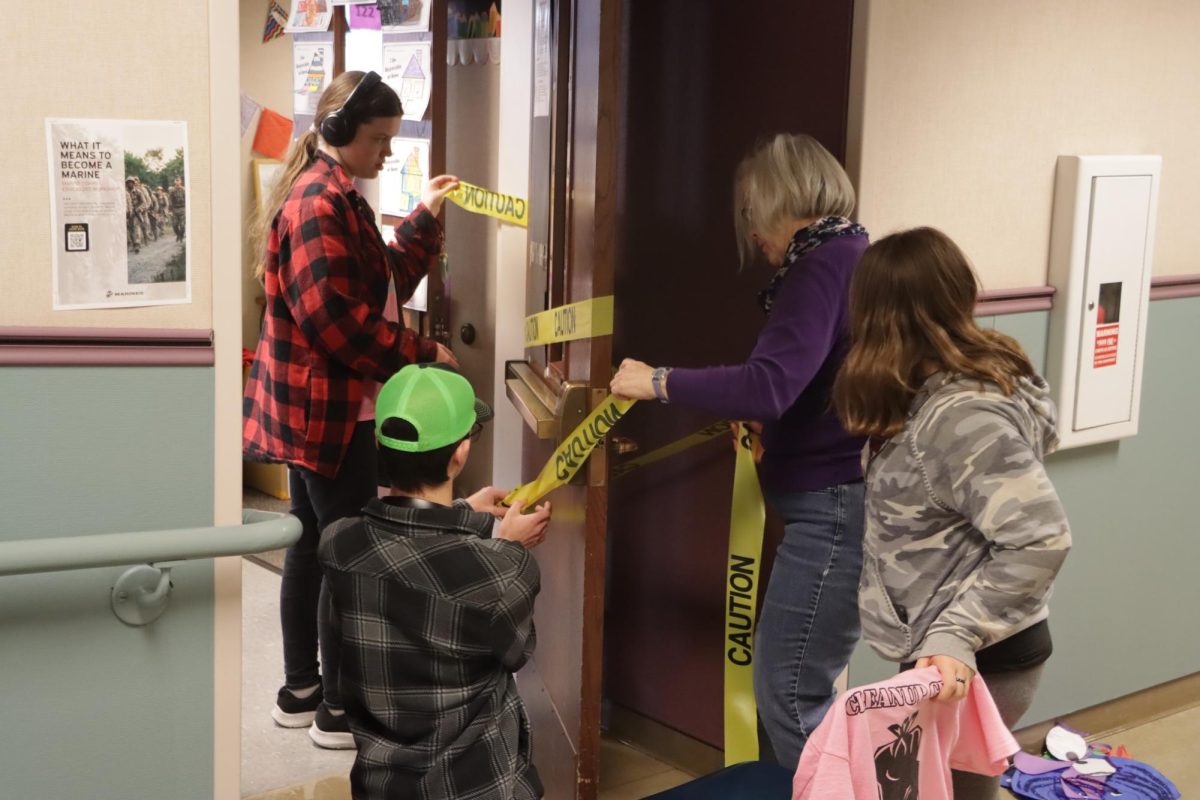
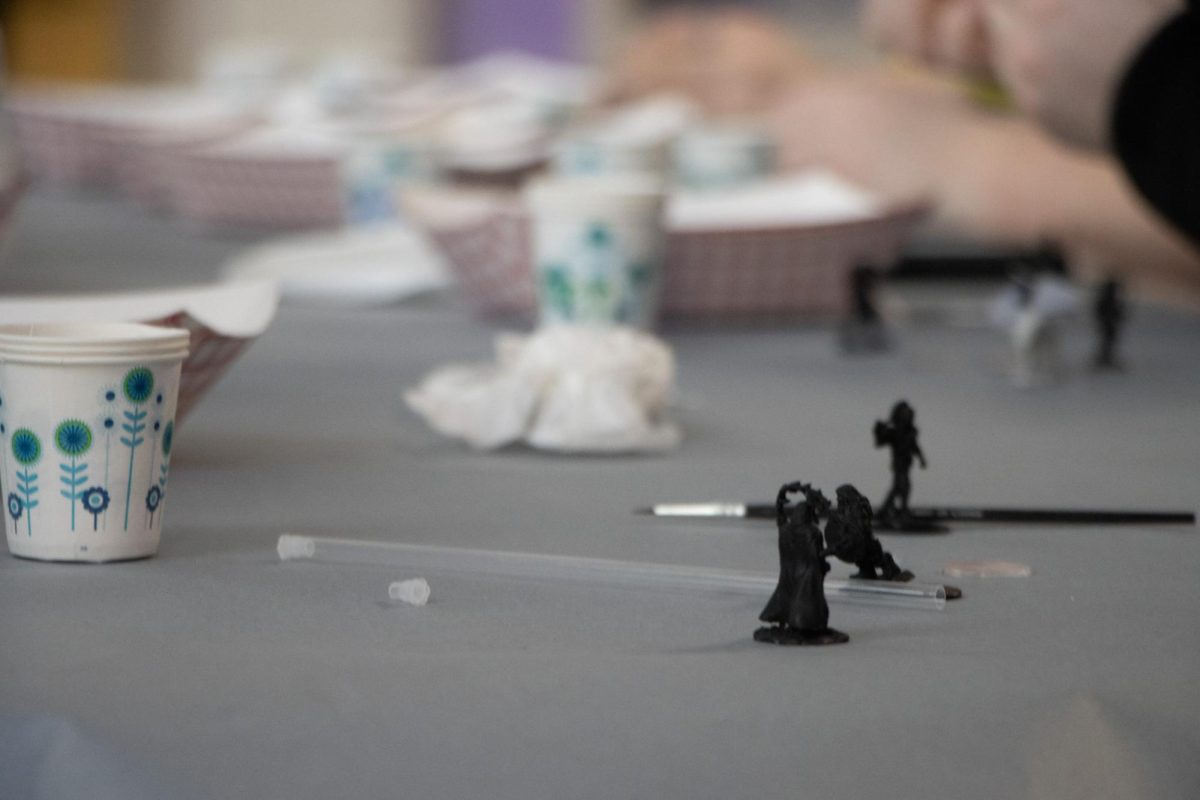


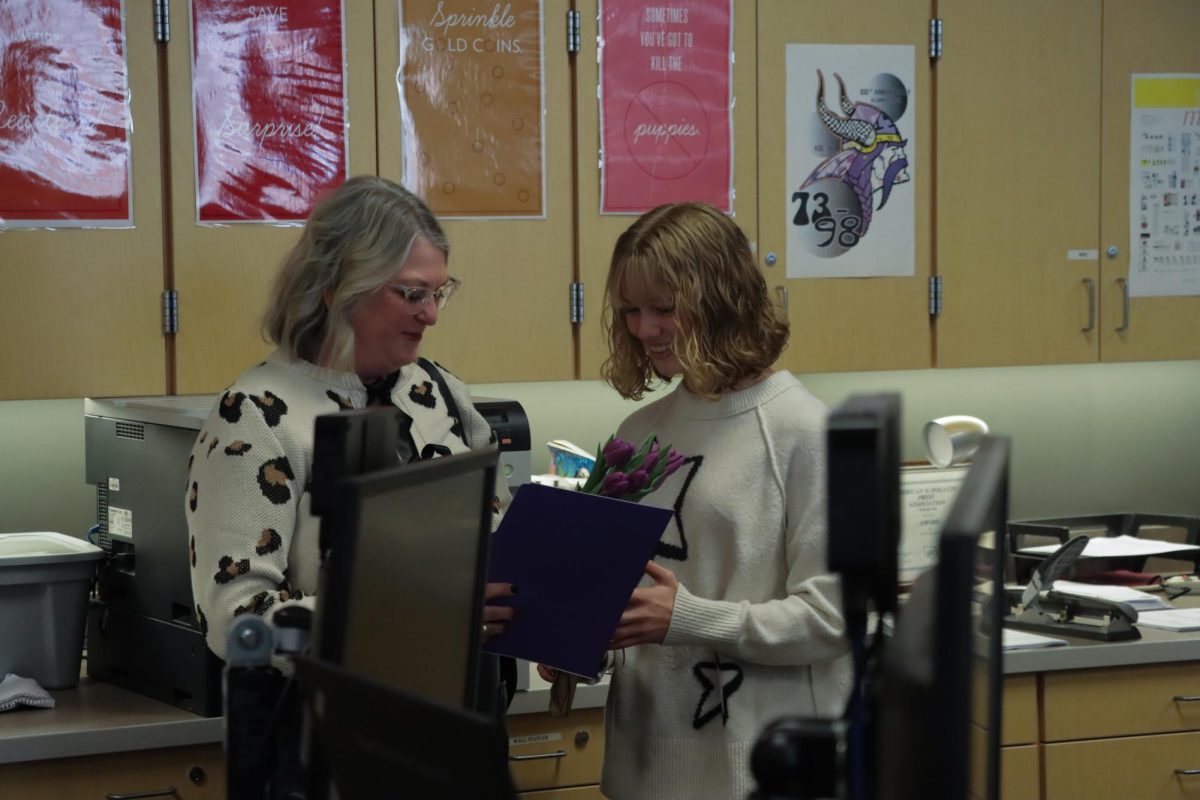

Katie Keller // Apr 11, 2023 at 4:04 pm The Viking Vanguard Pick
oof. not the first time the LS building has seen sewage, but still. hopefully it’ll be the last. it’s about time it received an upgrade